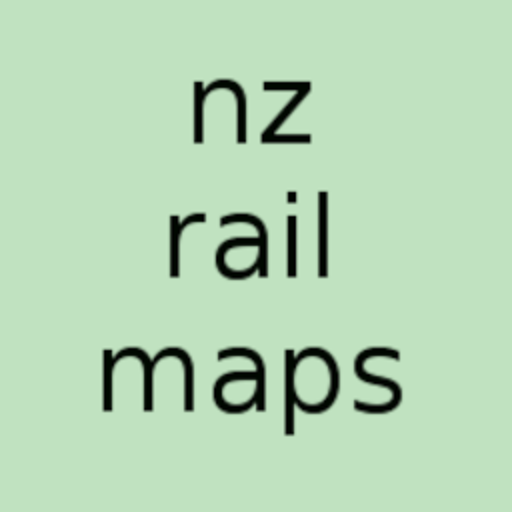Unless you live in a cave, you’ll be aware of the many historical challenges Kiwirail and its predecessors have faced in operating a 4000 km network around a country as long and thin as NZ. As a country we have a low population density with our four largest cities each separated by hundreds of kilometres and consequently considerable difficulty in connecting these cities in a cost effective way. That said, a concentration of urban development has been occurring for many years in the “Golden Triangle” – the area between Auckland, Waikato and Bay of Plenty – and this could become a conurbation similar to many in better populated places such as parts of the US and UK. However population increase in the vicinity of Wellington, Christchurch and Dunedin whilst taking place is much lower, and Kiwirail effectively only makes a surplus on operations in the Golden Triangle and achieves losses in all other areas.
Given that the last National Government did its collective best to hobble Kiwirail by insisting it restructure to become profitable and also built a lot of new highways making road transport more viable, plus it also introduced HPMV trucks making a greater load able to be carried on one truck-trailer combination (increased from the old 44-tonne limit to as much as 68 tonnes), it falls on the new government which is supposedly pro-rail to introduce policies to incentivise the movement of freight that would have once gone by road, to be transported by rail. This article will be focused in particular on the Main North Line which runs between Christchurch and Picton because that is key to the movement of rail freight across Cook Strait on Kiwirail’s own ferries and was massively impacted with a two year closure because of the Rotherham Earthquake in December 2016. All freight then had to be shifted to road transport resulting in what now appears to be permanent mode shift to rubber tyred vehicles and given that the line reopened three years ago, we aren’t seeing a whole lot of evidence that the work has been done to win freight back to rail.
In a day trip to Picton and back this week on the Coastal Pacific, we only saw one other train on the whole line, and there was only a small amount of freight at Picton waiting for the Aratere and negligible activity at Spring Creek just outside Blenheim, which is effectively the overflow yard for Picton in handling rail freight. We understand there are only three freight trains in each full day running on the line, and that includes both directions, so there isn’t exactly a large density of freight operation on the route. Whilst it is true that Kiwirail is undertaking still a considerable level of repairs in a number of earthquake affected areas, trains are running and the delays occasioned by various speed restrictions isn’t having any real impact on the line’s capacity for freight. The government has mostly focused on funding the overhaul and equipping of the network with what is needed to keep it running and fix a huge maintenance backlog and has not put any real effort into policies to win freight onto rail. We’ll look more into that in depth in the next post of this series.
